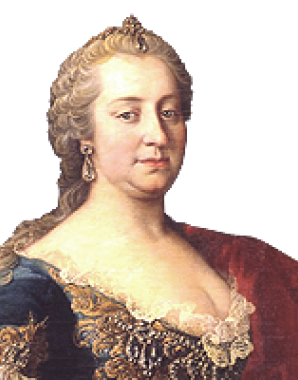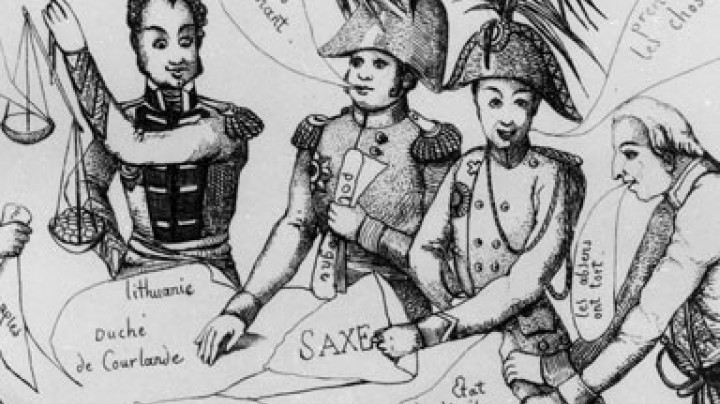Settlement projects for Jews and Protestants
In the newly conquered districts of Galicia and Bukovina, settlement projects were immediately started to make the land usable.
After the First Partition of Poland in 1772, Galicia and Lodomeria were annexed by the Habsburg Monarchy. The cultivation of these regions was one of the aims of the economic reforms implemented by Maria Theresa and Joseph II. Both rulers hoped that this would bring about a growth in population and an increase in productivity. An increase in food production would prevent shortages and famine, guarantee work and promote population growth. Settlement projects would provide the necessary stimulus for migration into these newly acquired territories. The new settlers would be granted an allowance towards their travelling expenses, land to lease, an advance stock of seeds, tax exemption and freedom of religion. These supportive measures went hand in hand with the general furthering of the peasantry. It was hoped that this would persuade the Jewish and Protestant population in particular to settle in the new territories. During the reign of Maria Theresa Protestants were deported to the Banat in Hungary. With the acquisition of Galicia the Habsburg Monarchy gained another large Jewish segment of the population. The province contained some 200,000 Jews (around 20% of the population), whereas there were only a few thousand in Austria. These settlement projects also gave the Jewish population the opportunity to acquire property, albeit only in Galicia – it was hoped thus to prevent migration to the west, for example to Vienna, of larger groups of Jews. However, the desired effect of occupying all settlers in agriculture was only partly successful. The majority of the poorer Jewish population confined itself to trading in wool and rags or to hawking.















